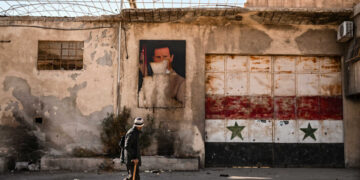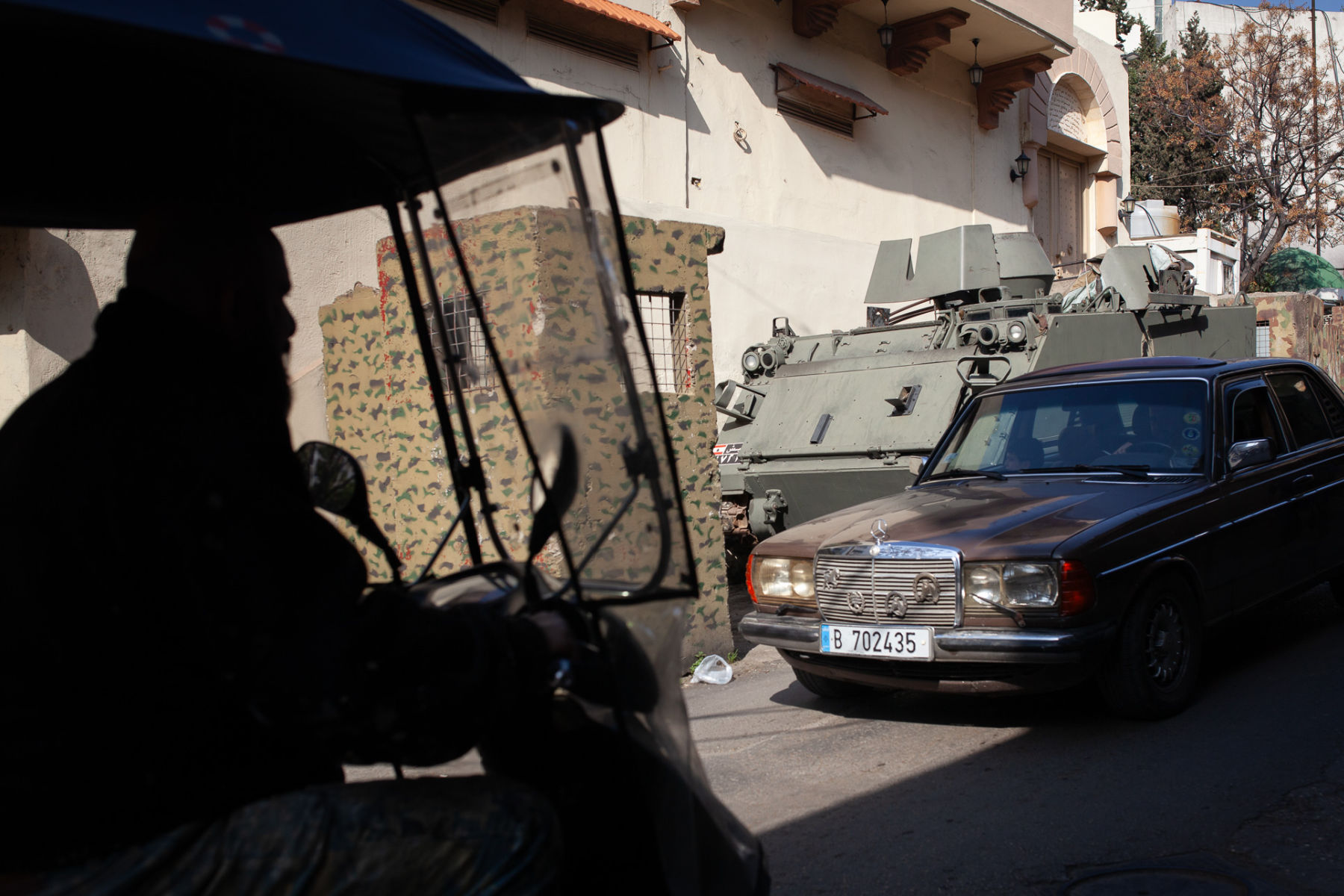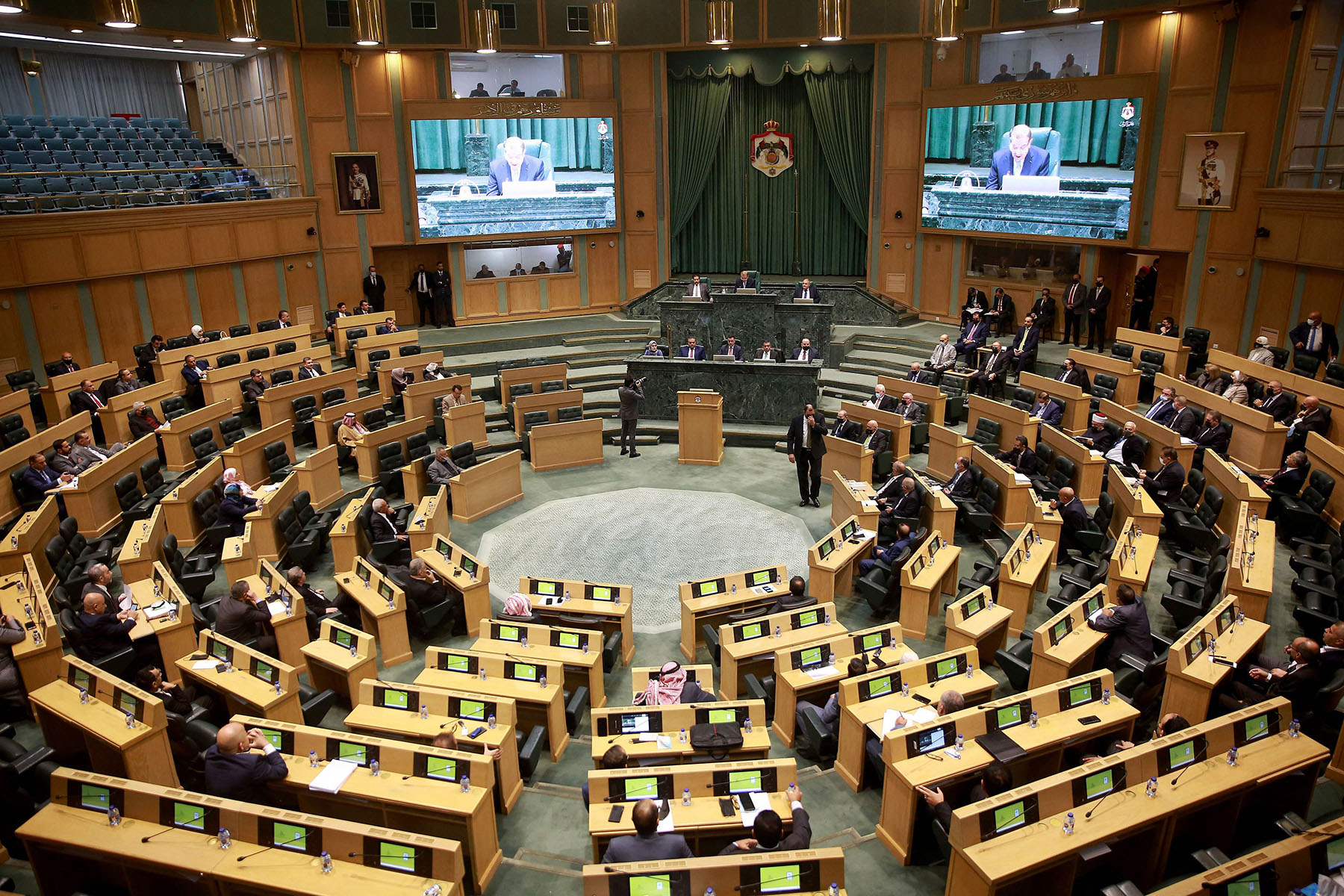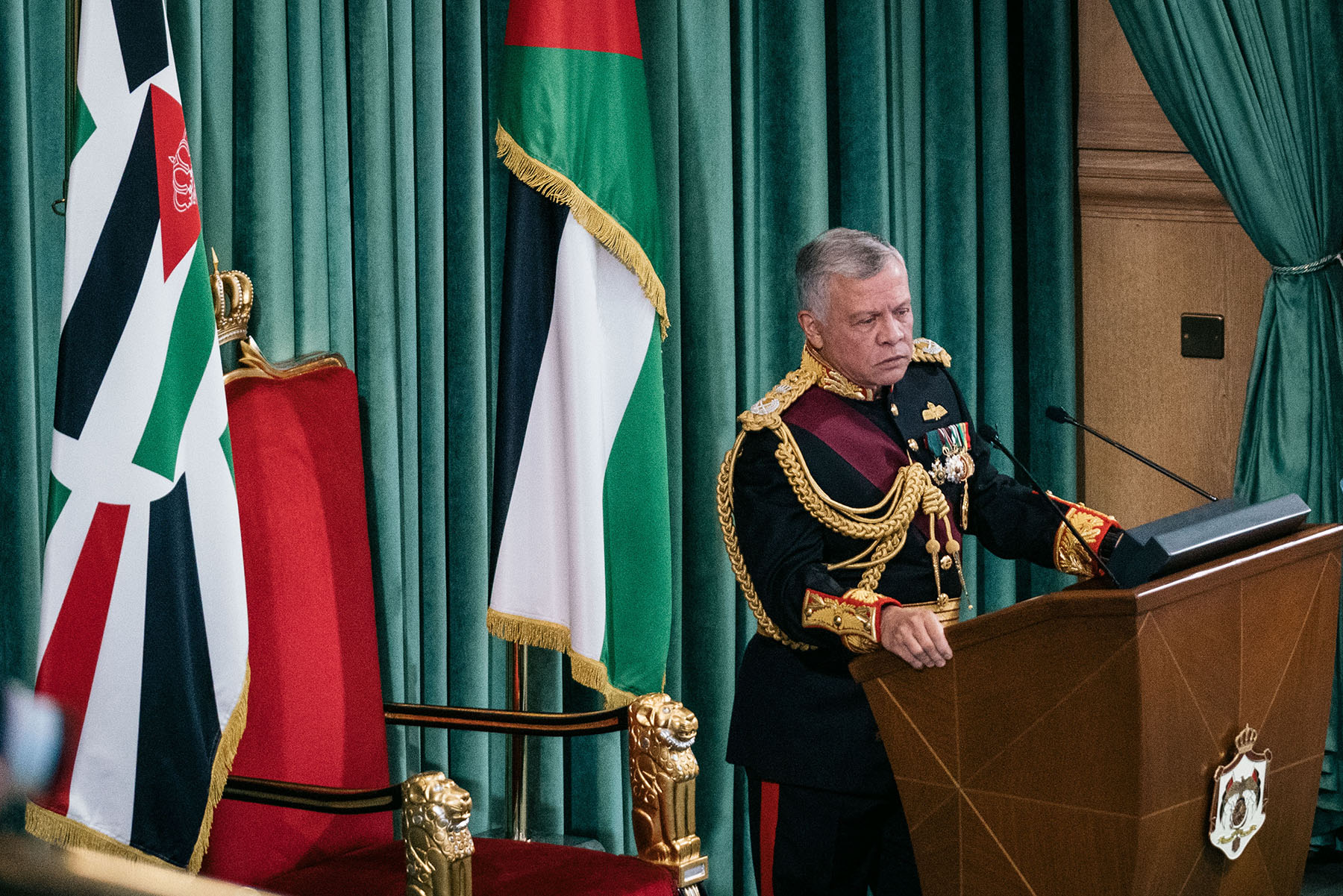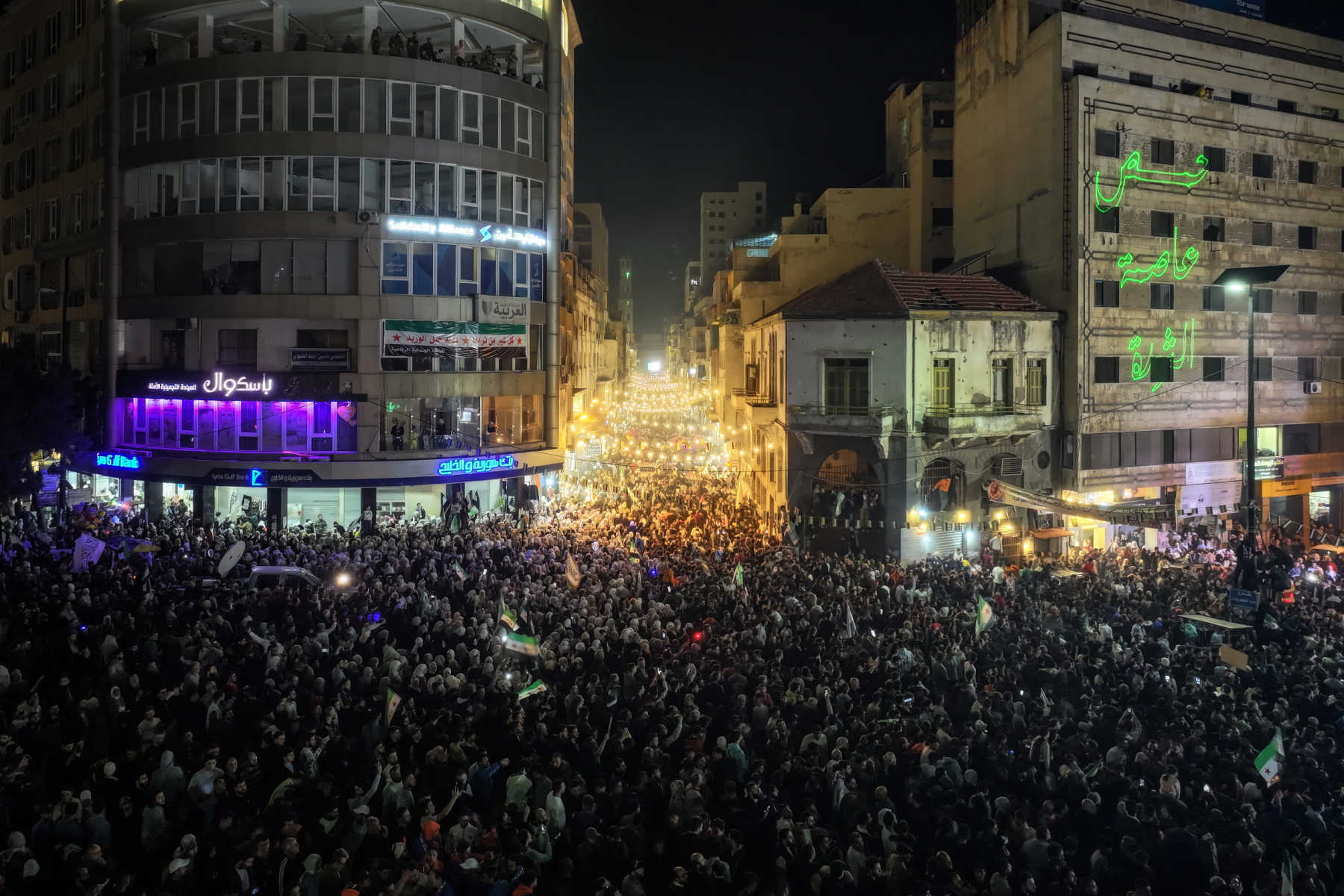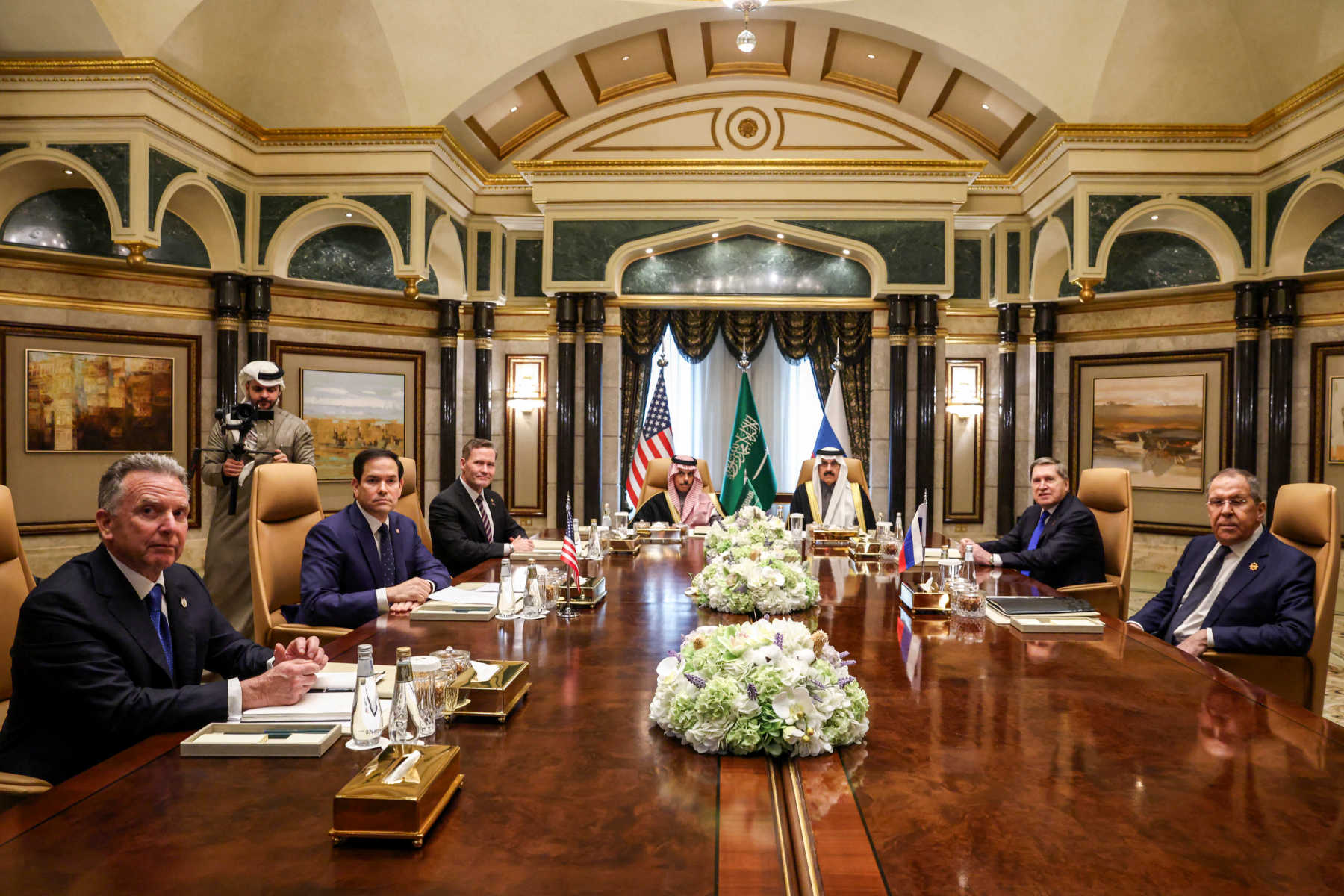Abdul-Ghani al-Iryani is a political consultant based in Sana’a and a senior researcher at the Sana’a Center for Strategic Studies, where he focuses on the peace process, conflict analysis and transformations of the Yemeni state.
Editor's note: This article is adapted from a paper presented at the Yemen D.C. Conference, which was convened in Washington by DAWN, the Tawakkol Karman Foundation and the Center for Contemporary Arab Studies at Georgetown University.
Yemenis agree on the need to end the war in Yemen, but they do not agree on how to end it. They can point out the many minefields in any peace talks: animosity among the warring factions; economic collapse and the rise of the war economy; regional intrigue; and international complacency with oil-rich regional powers in Saudi Arabia and the United Arab Emirates. It is true that Yemenis are deeply divided. The narrative of hate from all sides is rampant. While they might form a government of national unity, it is difficult to imagine these parties sharing power and forming a national army. The country's economic collapse seems to be irreversible. Factories have been destroyed. Farms are littered with land mines, and infrastructure has been bombed or deteriorated beyond repair. The war economy, empowered by senseless sanctions and the collusion of war profiteers from all sides, has taken over. Reckless policies by arrogant, overbearing regional powers that do not understand Yemen make it nearly impossible to envision a path for sustainable peace.
However, the most difficult of these obstacles is the dominance of ignorant and greedy elites who have not articulated a path to peace since the beginning of the war. The Houthi side rejects meaningful power-sharing and insists that the only way forward is total victory for them and total surrender for their opponents. The anti-Houthi side, disheartened by recent military defeats and suffocated by their regional masters in Riyadh and Abu Dhabi, sees no hope at all. In a recent conversation I had with one of the top figures on the anti-Houthi side, he rejected the possibility of a peaceful settlement and said the war will continue until the country fractures and "the state ends."
The U.N. special envoy for Yemen, Hans Grundberg, and his team have not elaborated a vision either. Their approach is to work to bring Yemenis together and hope they will agree on something. But Grunberg, and the previous special envoys before him, never took the advice to use the leverage of the U.N. Security Council to remove these various obstacles to peace. Their approach, then, is not likely to lead to a durable solution, let alone lasting peace.
The Saudis, being the most relevant regional player, are equally shortsighted. They want to guarantee the security of their border and let the Yemenis find their own way to stability.
In a recent conversation I had with one of the top figures on the anti-Houthi side, he rejected the possibility of a peaceful settlement and said the war will continue until the country fractures and "the state ends."
- Abdul-Ghani al-Iryani
Despite this bleak picture, there is a way—a real, practical and doable way, to put Yemen back together and on a path of sustainable peace and development. We just need to follow a few guiding principles. In 2013, in a paper commissioned by the Berlin-based Berghof Foundation, I presented five general principles for a successful political transition to the National Dialogue Conference that was convened in Sana'a. Since that imperfect National Dialogue Conference failed to prevent state failure, it is time to present these general rules again in the hope that this time, the elites responsible for Yemen's war will heed them.
The first principle is to build on existing structures. That, for the task at hand, means accepting the status quo and building upon it. We need to recognize the collapse of the central government and the near-dissolution of the Yemeni state. Therefore, we must structure the new state on what is left of it, namely, its legal entity as a member state of the U.N. General Assembly; the central state institutions in Sana'a; and the institutions of local government that continue to function in most governorates, many of which are under the control of just one of the armed groups fighting on the ground.
A new, salvaged Yemeni state can only exist if it is highly decentralized. Since the central state institutions are under the control of one or another of the parties to the conflict, as many competencies as possible should be assigned or devolved to the local governments, reducing the competencies of the central state institutions to a largely regulatory and oversight role.
Second, follow the path of least resistance. Take from the elites only what is needed for a successful transition. Armed groups will not surrender much for the sake of peace. Therefore, a peace plan should be designed with the stipulation of minimum concessions from armed groups. An armed group's control of a certain population or area and of certain revenue streams must be tolerated during a transitional period, until such time that a stable balance has been established that would allow the national government to end that control. This includes the Houthis' control of the capital, Sana'a, and the revenue streams of central Yemeni state institutions, and to a lesser extent, the influence of groups in the anti-Houthi bloc—specifically, the secessionist Southern Transitional Council's hold over several southern governorates, and the dominance of Islah, Yemen's main Sunni Islamist party, in Mareb and Taiz.

Third, walk, do not run. Take no step forward until the last step is firmly planted. There are many examples of this rule. One is not to jump to national elections before firmly planting the legitimacy of the state at the grassroots by holding local elections. Violating that would expose the political system to a grave risk if national elections fail to gain the necessary legitimacy. Another example is not to build a national army before a full integration of the massive number of fighters from the many existing armed groups.
Fourth, pay close attention to the unintended consequences of your decisions. Moving the Central Bank of Yemen from Sana'a to Aden, as the government did in 2016, and creating a second currency is the ultimate example of unintended consequences. It destroyed an important tool that would have helped restore the Yemeni state when the political will finally does develop for that.
Fifth, and finally, keep the balance. Stability is based on durable balances. These balances must exist not merely among the three branches of government, but also among the three levels of government—the national, the governorate and the district. Balance is also needed among the various armed groups and among the key demographic components of the Yemeni people.
Given the deep division of the people of Yemen, a highly decentralized system based on the governorate is an absolute necessity to allow the level of autonomy that the southern parts of the state demand to stay within a united Yemen. The idea of a federal state with most of the competencies assigned to the governorate was adopted in the National Dialogue Conference, but, given the war and the distrust produced by Houthi incursions into southern Yemen, and the war crimes they committed in Taiz, the level of decentralization that would be accepted by all sides must be much deeper.
Politically, it must be at the level of self-rule. Fiscally, it will mean direct and unfettered transfers of the governorates' share of the revenue as determined by a new "national wealth-sharing formula," to be managed by an independent and newly created National Finance Council that includes representatives of the governorates and that stands in no-man's-land, both legally and literally, so it could not be manipulated or intimidated into submission by any of the armed groups.
A new, salvaged Yemeni state can only exist if it is highly decentralized.
- Abdul-Ghani al-Iryani
At the security sector level, decentralization should go beyond building local police forces, which would still be a necessary first step. It will require recognizing the fact that there are several armies in the country, and there is no way of getting rid of them. Proposals of merging them into one national army will burden the national budget with over a million fighters and cause economic collapse. An army composed of the warring militias would be so volatile that it would almost certainly derail any peace agreement. Demobilizing over a million fighters must deal with two major challenges. The first is that it will render this massive number of fighters susceptible to recruitment by terrorist groups such as al-Qaida in the Arabian Peninsula or organized crime networks. The second is that it will affect some armed groups more than others. The Houthis draw their fighters from the tribal highlands where security sector service is the traditional occupation. They will not agree to demobilization.
The only remaining option is to integrate the bulk of the fighters of the armed groups into reserve forces at the governorate level, where they will be required to report to camp on weekends for rehabilitation, deradicalization and vocational training, and to collect their weekly paychecks. The rest of the week, they would be free to work in the civilian economy. The cost of this model of integration can be covered by eliminating remaining subsidies of fuel, and electricity, and can be mitigated in two ways. The first is to cap the salaries of the reserve forces so they do not increase with inflation, meaning, over time the burden will be reduced by the devaluation of Yemen's currency. The second is to upscale reserve service to a national service program that is open to all Yemeni adults, men and women, and gradually merge it with the social security program. After all, the salaries of public servants in Yemen are practically a social security program anyway.
The initial phase of this program could be covered by foreign aid earmarked for Disarmament, Demobilization and Reintegration, known as DDR, that international donors are willing to fund. The expected devaluation of the currency would gradually reduce the fiscal burden of this program to an acceptable level, probably less than Yemen's program of subsidies before the war that accounted for a third of the budget and went to the pockets of smugglers and rich consumers.
This method of integration will create several virtuous balances. One is a balance between each governorate, or group of governorates, with the armed group that controls them. It will create virtuous balances among governorates. Over time, it will maintain the balance between Yemen's governorates and its national army when it is eventually built.
There is a path to finally restore the Yemeni state from the ruins of war, if only Yemen's elites can follow it.



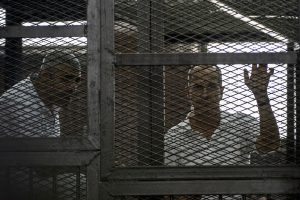

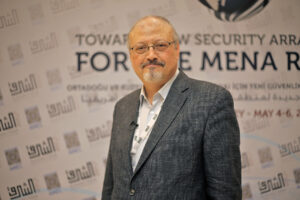
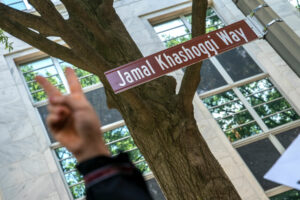


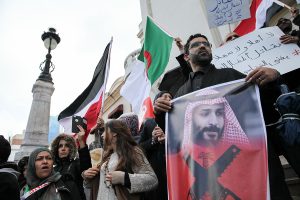
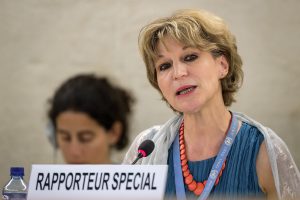
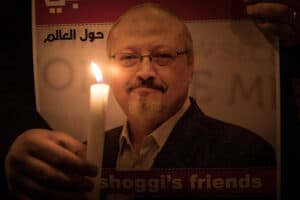
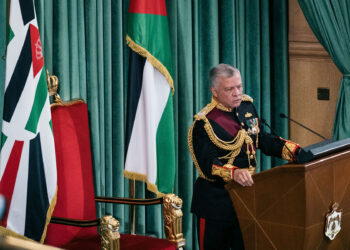
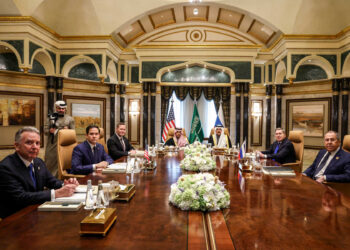
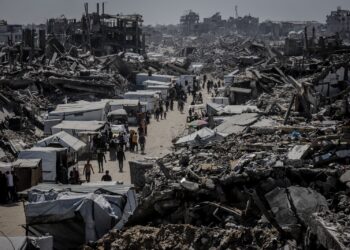

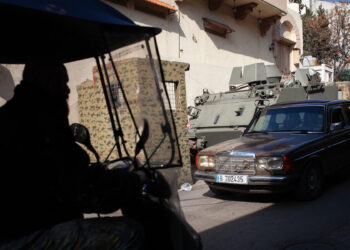



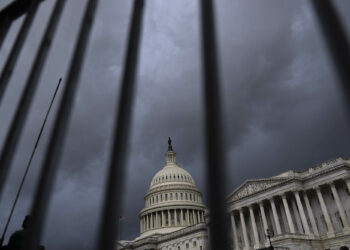






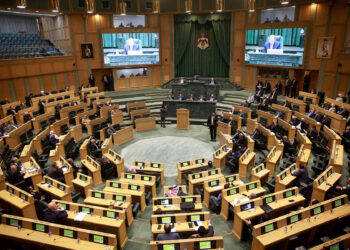
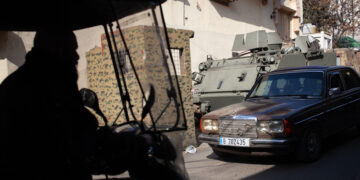
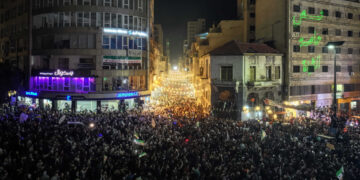
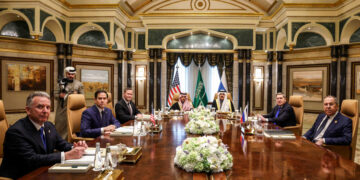
![Security forces loyal to the interim Syrian government stand guard at a checkpoint previously held by supporters of deposed president Bashar al-Assad, in the town of Hmeimim, in the coastal province of Latakia, on March 11, 2025. Syria's new authorities announced on March 10, the end of an operation against loyalists of deposed president Bashar al-Assad, after a war monitor reported more than 1,000 civilians killed in the worst violence since his overthrow. The Syrian Observatory for Human Rights said the overwhelming majority of the 1,068 civilians killed since March 6, were members of the Alawite minority who were executed by the security forces or allied groups. (Photo by OMAR HAJ KADOUR / AFP) / “The erroneous mention[s] appearing in the metadata of this photo by OMAR HAJ KADOUR has been modified in AFP systems in the following manner: [Hmeimim] instead of [Ayn Shiqaq]. Please immediately remove the erroneous mention[s] from all your online services and delete it (them) from your servers. If you have been authorized by AFP to distribute it (them) to third parties, please ensure that the same actions are carried out by them. Failure to promptly comply with these instructions will entail liability on your part for any continued or post notification usage. Therefore we thank you very much for all your attention and prompt action. We are sorry for the inconvenience this notification may cause and remain at your disposal for any further information you may require.”](https://dawnmena.org/wp-content/uploads/2025/04/syria-22039885951-360x180.jpg)
